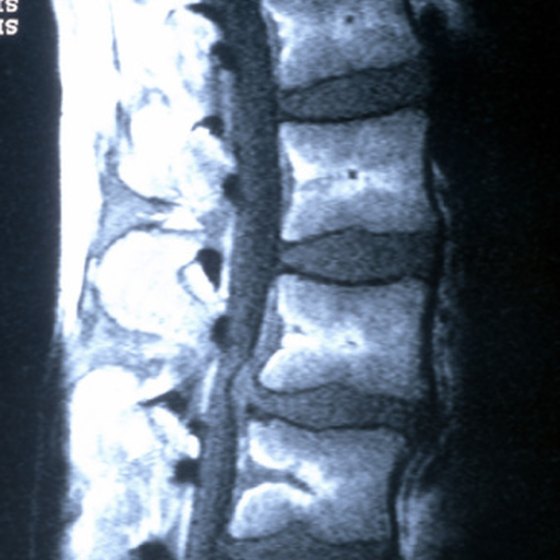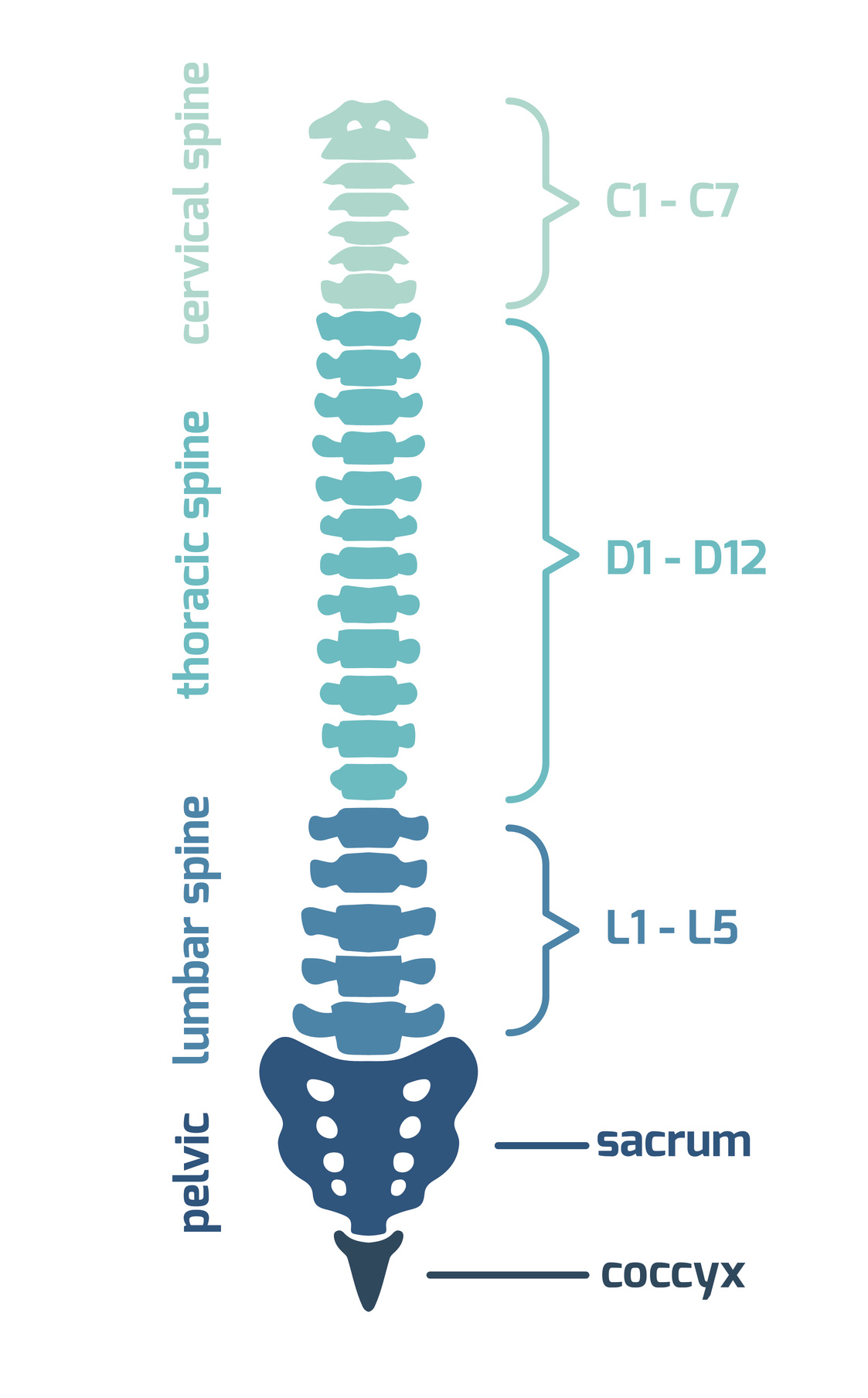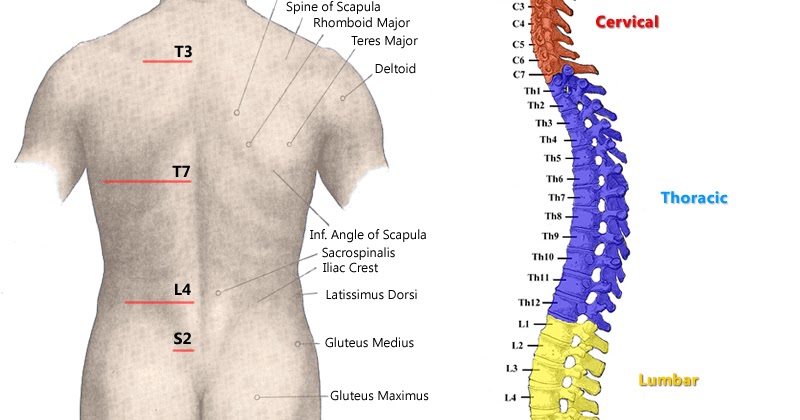

Anatomic and radiographic study of dorsal root ganglia. Dorsal root ganglia in the lumbosacral region observed from the axial views of MRI. Philadelphia, Pa: Lippincott Williams & Wilkins 2007. Musculoskeletal anatomy, neuroanatomy, and biomechanics of the lumbar spine. The vertebral canal, spinal cord, spinal nerves, and segmental innervation.

Baltimore, Md: Lippincott Williams & Wilkins 2006.

New York, NY: Churchill Livingstone 1999. Baltimore, Md: Urban & Schwarzenberg 1990. Anatomy as a Basis for Clinical Medicine. New York, NY: Churchill Livingstone 2009. The back cover has a few paragraphs of promotional sales copy to further entice potential customers into buying and reading your book.Drake R, Vogl W, Mitchell AVM, Mitchell A. It might also have a testimonial from a famous author or well-known expert.Īnd if your book has won any prestigious awards or appeared on the New York Times or USA Today bestseller list, you might reference that on the front cover, too. The front cover has the title, author name, and subtitle or tagline. While for an ebook you only have to worry about creating a front cover, a printed book has a front cover, back cover, and spine. Now that we’ve covered your book’s interior, let’s have a look at the outside. You can also provide links to bonus content and invite readers to contact you with questions or feedback. The last page invites readers who enjoyed your book to leave a review. The “About the Author” page can include a brief author bio, a picture, a list of your other books, and links to your website and social media pages. These are all parts of the back of your book and provide supplemental information for your readers. Request for a book review (optional): a gentle but timely call to action for the benefit of your book and its readers If your book has any of the following information, you’ll find it on this page: The copyright page is on the underside of the title page in a printed book.

#Parts of spine how to#
You might also appreciate info on how to choose a pen name and this podcast episode on whether or not to use a pen name. If you’re not sure what to put on that cover and title page, check out this article for help in generating unforgettable book title ideas. The title page isn’t an exact replica of your book’s cover, but it should bear the same basic information (excluding any testimonials or references to awards) in the same fonts. You’re more likely to find a frontispiece in a printed novel, but if it’s there, you’ll find it printed on the side facing your title page, where you’ll find the title, author name, and subtitle or tagline printed as it appears on your cover. It could also be a map of your story’s setting. The illustration might take up the whole page or only part of it. The very first page of your book will either be your title page or an optional page called the frontispiece, which is a decorative illustration relevant to your book.
#Parts of spine professional#
Whether you’re formatting your own book’s interior or paying someone else for professional formatting, the more you know about all the parts that go into it, the sooner you can prepare well-written and organized content for each part.Īnd the sooner your book will be ready for its readers. Your readers have certain expectations when it comes to the books they pick out, and your book’s interior should deviate from that as little as possible. Knowing the anatomy of a book is essential to creating one that looks as professional on the inside as you want your cover to look on the outside.
#Parts of spine free#
(Side note: If you want the peace of mind that you’re publishing with good grammar and punctuation, then check out the free Grammarly proofreading tool.) Is that a trick question? And is possible for your book to have all four of these? Do you know all the different parts of a book?įor instance, what do publishers mean when they refer to the “front matter” or “back matter” of a book?Īlso, what is a preface, and how is it different from a prologue, an introduction, or a foreword?


 0 kommentar(er)
0 kommentar(er)
